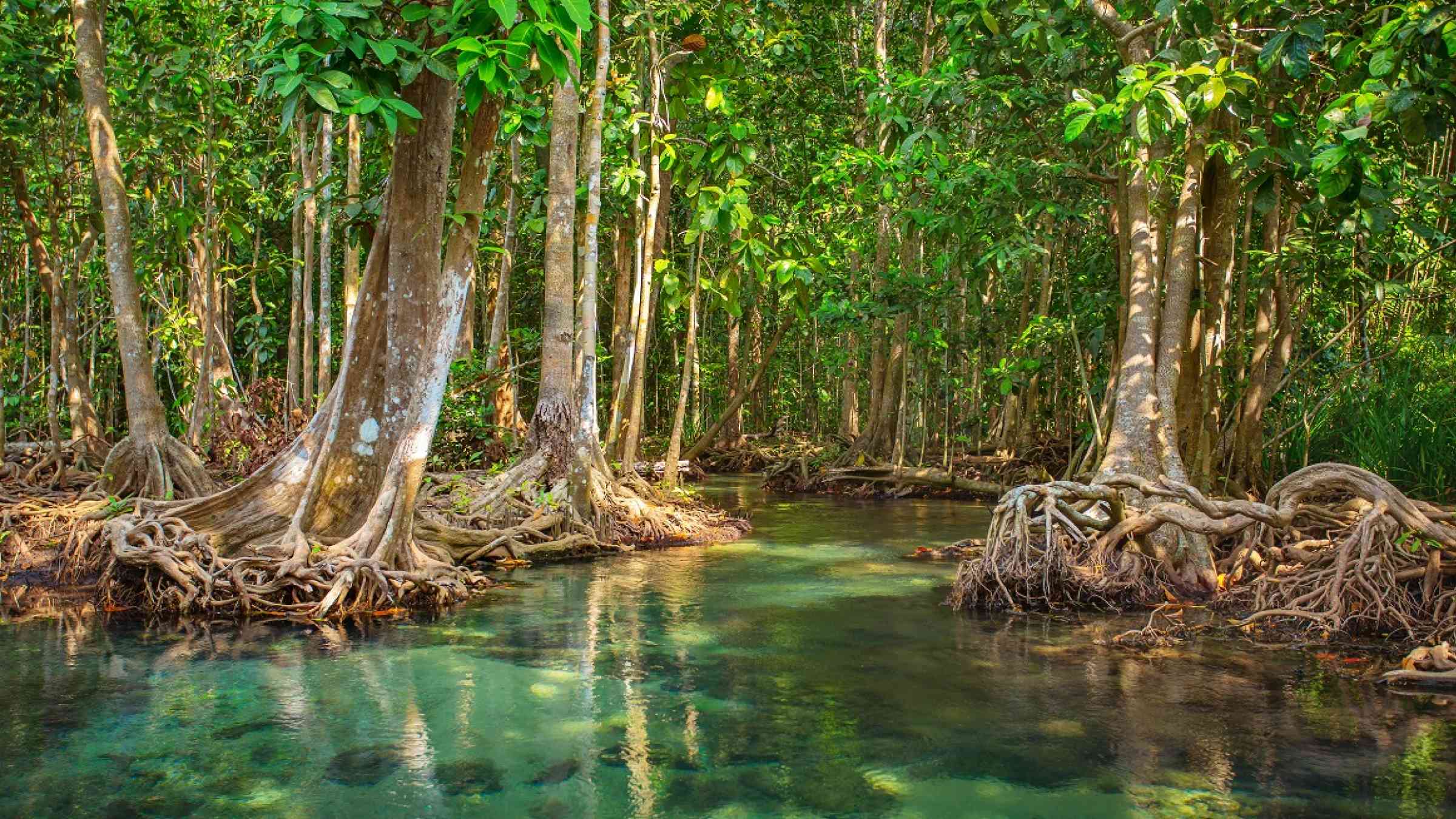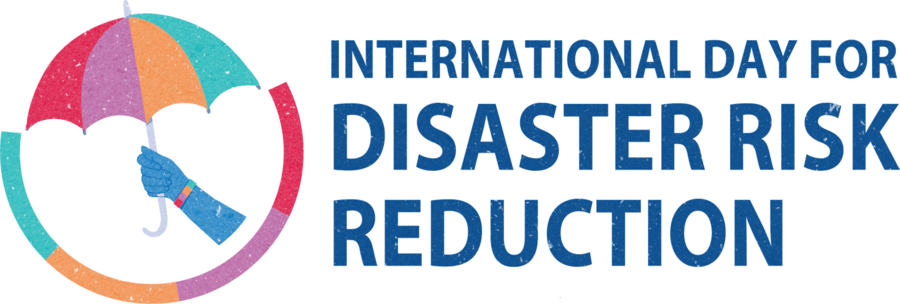Nature-based Solutions vital for risk governance

Statement by the Secretary-General's Special Representative for Disaster Risk Reduction, Mami Mizutori, at the launch of IUCN's Global Standard for Nature-based Solutions
It is a pleasure to participate in this event to mark the launch of the IUCN’s Global Standard for Nature-based Solutions for Societal Challenges. It will a make a tremendous contribution to our understanding of the links between the natural world and disasters.
Climate emergency is doubling extreme weather events over the last twenty years. Degraded ecosystems and bio-diversity loss exacerbate the impacts of disasters on populations, in particular for many poor and vulnerable communities. Therefore, it is more vital than ever that we understand the role that nature-based solutions can play in reducing disaster risk.
The Sendai Framework for Disaster Risk Reduction, the global blueprint for reducing disaster losses, was adopted five years ago. One of its four priorities for action is a call for UN member States and all stakeholders to strengthen their disaster risk governance.
The importance of disaster risk governance has been cast in a new light by failures to act on the warnings that the world would sooner or later face a pandemic on the scale of COVID-19.
What do we mean by disaster risk governance?
It means having clear, actionable plans backed by legislation and strong institutions to ensure that we reduce existing disaster risks and avoid the creation of new ones, and this includes by protecting our environment.
Nature-based solutions must be a key consideration to strengthen disaster risk governance. The new Global Standard lays out in clear terms how Nature-based Solutions provide a healthy eco-system, whether it be coastal, marine or terrestrial so that people and property are protected from natural hazards.
The term ‘natural disasters’ is used frequently. However, there is no such thing as a ‘natural disaster’. If we can make our eco-system more resilient, if we can reduce the vulnerability of people by eliminating poverty among other things, natural hazards including extreme weather events, do not have to become disasters.
But what we are actually seeing is degraded eco-systems such as disappearing mangrove forests or denuded hillsides resulting in thousands of hundreds of lives being lost in storms, floods and landslides across the world.
We must stop this and the new Global Standard will provide the foundation to turn things around.
It is estimated that mangroves reduce annual flooding for more than 18 million people globally (especially in Vietnam, India, Bangladesh, China and the Philippines).
Here in Switzerland, the government spends 150 million Swiss Frans every year on forest protection, reducing the risk of landslides and avalanches while maintaining biodiversity, carbon sequestration and supporting tourism.
In my own country, Japan, trees are planted as protective green belts along the coasts. Combined with land-zoning and protective infrastructure, these green belts contribute to multi-hazard risk reduction measures including from tsunamis, a deadly hazard.
These nature-based solutions need to be scaled up and sustainable, so that they become a stronger focus for international cooperation on disaster risk reduction.
COVID-19 has cast new light on the systemic nature of risk that we face. A public health disaster quickly turned into a socio-economic disaster at a scale we have never seen.
This is why governments should draft their national disaster risk reduction strategies with a clear understanding of the systemic nature of disaster risk. And, importantly the strategies should not remain a piece of paper.
Disaster risk management must be funded appropriately into rural development planning and the management of mountains, rivers, flood plains, drylands, wetlands and all other areas prone to drought and floods.
Strengthen your disaster risk governance and invest in it.
This is the key message we will convey on October 13, the International Day for Disaster Risk Reduction when we will launch a new Words into Action guide on Nature-based Solutions.
Words into Action is a series of guides for practitioners to implement disaster risk reduction on the ground.
This one on Nature based Solutions has been developed with the Partnership for Environment and Disaster Risk Reduction and will echo many messages and key points in this new Global Standard.
We at the UN Office for disaster risk reduction look forward to continue working with IUCN and partners to take Nature Based solutions to scale for disaster risk reduction.
